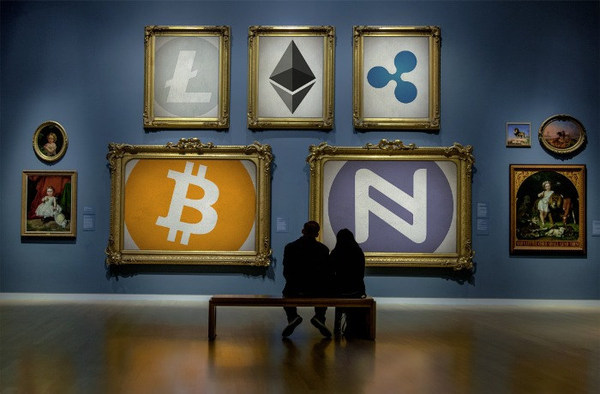In the YouTube video, “Crypto Investing #22 – Difference between Trading a Cryptocurrency vs. Investing in an ICO,” Tai Zen, CEO and senior technical analyst for Cryptocurrency Market, discusses the differences between investing in an initial coin offering (ICO) and an altcoin.
What is an ICO?
To answer this question, it is important to fully understand the difference between an ICO, such as the DAO, and an altcoin. An ICO is a crowdfunding sale, in which a potential or existing business offers tokens or coins during a limited sale. These coins would entitle the buyer to a certain percentage of the business’s future profits, as outlined by the terms of the sale. (See our Beginner’s Guide to ICOs here.)
The ICO has become an attractive alternative to seeking venture capital or to launching an IPO. ICOs do not have the regulatory or due diligence requirements of traditional funding, allowing businesses to launch funding requests faster. ICOs also deal with funding levels that are also typically ignored or overlooked by traditional funders, with most funding goals being less than five million USD. Finally, ICOs are faster than traditional funding, with the most successful ICOs reaching their funding goals in minutes.
The coins that these ICOs offer are typically traded post-crowdsale in the altcoin market. Many ICOs, such as Ethereum, do well in the post-crowdsale market as fully conceptualized altcoins.
However, given the opportunity, Zen argues that it is better to invest in a crowdsale-state ICO than a market-state ICO.

The Advantage of Being First
Zen argues that ICOs purchased during a crowdsale bear the potential of seeing up to a tenfold return on investment. Zen recommends that a wise investment strategy, especially for the new investor, would be to invest in a number of ICOs’ crowdsales.
Considering that Etereum is trading at more than forty times its offer rate and bitcoin, which was initially mined with no monetary value, is now approaching 3,000 USD per coin, there may be some validity to this strategy. Many ICOs gain in coin value as they transition to altcoins. However, this valuation can be stagnant or slow growing once the ICO is traded as an altcoin.
This is not always the case. The example Zen used is Factom. In the last three months, Factom, which seeks to create systems toward making decentralized databases easier to make, saw its share price increase threefold. However, in the first six months of public trading, the altcoin’s price increased by a factor of approximately 2600 percent.
However, this kind of performance is far from guaranteed. Since the investor is essentially betting on a prospectus, there is the potential that the business plan will fall through or the promised product will not perform as planned. However, by investing small amounts in multiple ICOs, Zen argues that investors would be minimizing their risk.
Understanding altcoin pricing will put the investor in a position of not only knowing when it is best to invest in ICOs, but also knowing how to maximize returns. It is feasible to invest in altcoins and receive a negative return on investment. However, with altcoins being the best yielding commodity currently being traded, investing early may be the best chance an investor has to potentially see ten times his or her return on investment or more.
Subscribe to Bitcoin Market Journal

